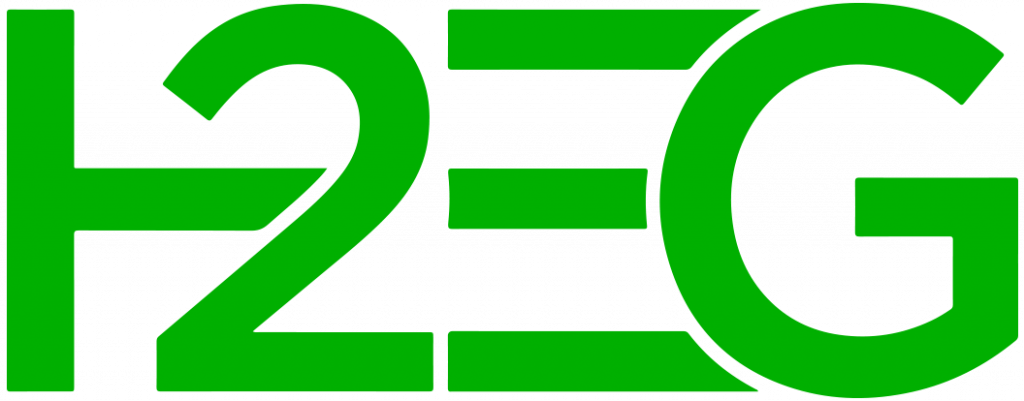
The update follows February’s launch of the second H2Global auction, which earmarked €2.5bn ($2.9bn) across four regional lots and one global lot. The revised 10-year funding structure is seen as critical for giving producers the bankable certainty to reach final investment decisions (FID).
According to the Federal Ministry for Economic Affairs and Energy (BMWK), each regional lot would receive €58m ($68m) annually from 2029 to 2038, a total of €580m ($680m) per lot, while the revised global lot would provide €30m ($35m) per year from 2032 to 2041, amounting to €300m ($351m) in total.
The Netherlands’ contribution to the auction remains unchanged at €33m ($38m) annually from 2028 to 2036, adding a further €297m ($348m) to the scheme.
However, the final decision rests with the German parliament in December 2025. Hintco, the German government-funded vehicle running H2Global, said it will update registered participants on confirmed funding volumes and adjust TED notices and auction details as needed.
On LinkedIn, Hintco stressed the reallocation was based on stakeholder feedback. “During our global roadshows, we engaged extensively with producers and stakeholders. The feedback was heard – and the BMWE has taken it on board,” it said.
In the first H2Global auction, Fertiglobe was awarded €397m ($465m) to supply at least 397,000 tonnes of its Egyptian-produced green ammonia to Germany from 2027 to 2033 at a fixed price of €1,000 per tonne.
That award laid the ground for H2Global’s double-auction model, where Hintco signs long-term purchase contracts with producers and resells the product into Europe at lower prices, with subsidies covering the gap.
The Canada-Germany bilateral tender is also moving through consultation.
Up to €400m ($469m), co-funded equally by the respective governments, will connect Canadian producers with German buyers through 10-year contracts. Hintco will not act as an intermediary but will instead match producers and offtakers directly.
If approved in December, the restructured second auction will extend into the 2040s, signalling Europe’s long-term intent to secure hydrogen imports.

